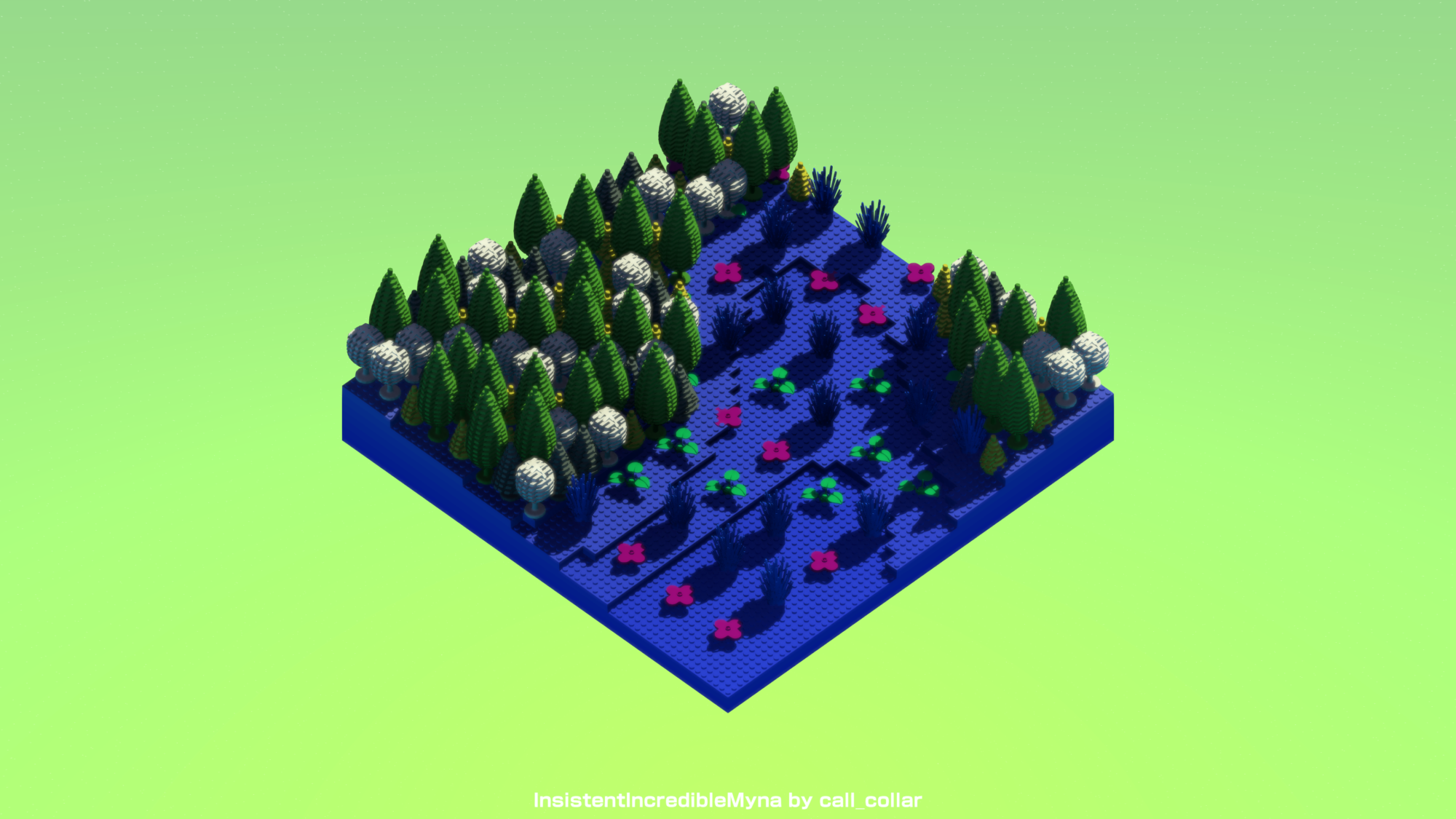When I began this project, I wasn’t too sure of how it would look, let alone what it was going to be. I’ve been talking about Japanese aesthetic throughout this class, specifically the Ma asethetic as described here. I like the idea of incorporating vagueness, abstraction, and irregularity to my work, but I just wasn’t sure how to do it. I thought about it for a little while, and an epiphany came when I realized that, perhaps, I didn’t have to make something physical. Traditionally, I’m pretty sure that students of this class would make something tangible, but what if it wasn’t? What if I abstracted the piece out of physical reality and into virtual reality, per se? So then I thought, as long as it’s okay with Professor Hertzberg, I can code something instead of physically making it. So I ran it through with her and she okay’d the idea, as long as it was more focused on aesthetic than function (this is important later on).
Then, I began to look into what I could do. While I did have a basis on how to make something, I still didn’t really know what to make; I was working a little backwards in brainstorming for this project. As I searched around the internet for something, I came across generative art, which is a popular type of art that uses random or pseudo-random numbers to generate art. The code can be pretty involved, but it’s more or less just manipulating and/or tweaking colors, patterns, etc. using randomness. I remember taking Creative Coding in the semester prior, and we did dabble in this topic a little bit. I also looked around my room and noticed the many different Legos I’ve built, and I thought, what if I combined Legos and Generative Art? Finally, I had something to satisfy the what part of my brainstorming. I also looked at some generative art examples and found the artist Shunsuke Takawo, creator of the CityScape and Tiny Sketches series. My work on this project is heavily inspired by his work.
Note: generative art is popular in use for NFTs, but I strongly dislike NFTs (at the moment, at least); I respect those that make NFTs, but I personally don’t want to make them, nor would I want my work to be used as an NFT or for NFTs.

Shunsuke Takawo, Tiny Sketches Blocks #46, 2022
My vision for this project originally was for people to be able to immerse themselves into a Lego world; the terrain was randomly generated, and users were supposed to be able to explore it. There was going to be a little Lego minifigure that would run around as the user moved around the terrain. However, implementing that quickly became out-of-scope, as I had to focus on making other things work, as well as ensuring that I was conveying my aesthetic through this piece.
original proof-of-concept
What I ended up creating was something like CityScape that I mentioned earlier. As a quick overview of it, users can edit different parameters, such as color, rotation, scale, etc. to create a unique cityscape. My work is similar but uses Legos to create a terrain with some randomly placed objects. There’s more control over the terrain as well; options for choosing colors and gradients, or randomizing colors exist for everything in the scene, including the objects and background. Randomizing location also provides a unique base terrain. It’s not as immersive as I originally wanted it to be, but I did fulfill other specifications I listed prior to starting the project, which were Interactiveness, simplicity, wittiness, and its ability to convey my aesthetic.
Final design

